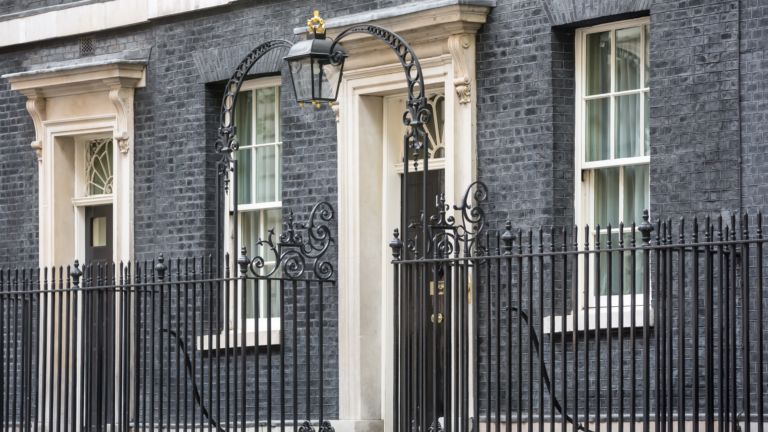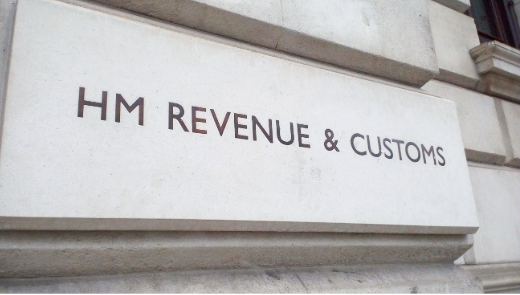DIY Income Drawdown – What You Really Need to Know
I read with alarmed interest Mark Atherton’s article on DIY Income Drawdown in the Times on 1 February 2013. The article focused on the costs of income drawdown, and the ability to effectively go it alone.
Income drawdown facts
Although cost is clearly very important, it is only one part of the equation, and it is essential that anyone considering income drawdown is aware of all the facts; risk and investment strategy are as important as risk in this context.
The starting point is to look at the annuity your pension fund could purchase. The article is correct to point out that annuity rates are at historically low levels, but there is no guarantee that rates will improve.
An annuity is a low risk option as once purchased, you have secured an income for the rest of your life (irrespective of what goes on in the wider economy.) While annuities are viewed as lower risk, they offer no flexibility; once purchased they cannot be altered.
In contrast, drawdown allows an investor to take income directly from the pension fund, whilst leaving the capital invested and keeping your options open. The maximum level of income is governed by HMRC limits, which increase with your age. The limits are designed to stop investors from spending their capital too quickly and running out of funds.
Once a level of income has been decided upon, your pension company will provide you with a Critical Yield figure (the Times article failed to mention this important feature). The Critical Yield is essentially the annual level of growth that your pension fund needs to achieve to ensure you are not disadvantaged by delaying the purchase of an annuity. Remember, if you bought the annuity at outset, you would already have achieved one year of guaranteed income.
The pension fund, therefore, has to grow to reflect this fact. The higher the level of income chosen, the higher the Critical Yield figure and the more risk associated with Income Drawdown.
Keep an eye on the costs
This is where costs come into play. Clearly, the lower the charges on the pension plan, the less drag on performance and the increased chances of achieving your Critical Yield number. As important, however, is the chosen investment strategy. It is normally prudent to leave the first two or three years of planned income on deposit within the pension. This removes market-timing risk and avoids a situation where you have to sell equities at the wrong time in the market cycle to generate your annual income.
From experience, nothing destroys an income drawdown strategy more than a poor investment strategy and having to sell down investments at the wrong time.
So charges, yes, but if you are considering DIY Income Drawdown, please look very closely at the Critical Yield and your investment strategy before taking the plunge.
This document is marketing material for a retail audience and does not constitute advice or recommendations. Past performance is not a guide to future performance and may not be repeated. The value of investments and the income from them may go down as well as up and investors may not get back the amount originally invested.
Let's Talk
Book a FREE 30-minute Teams call and we’ll answer your questions. No strings attached.
Check Availability




